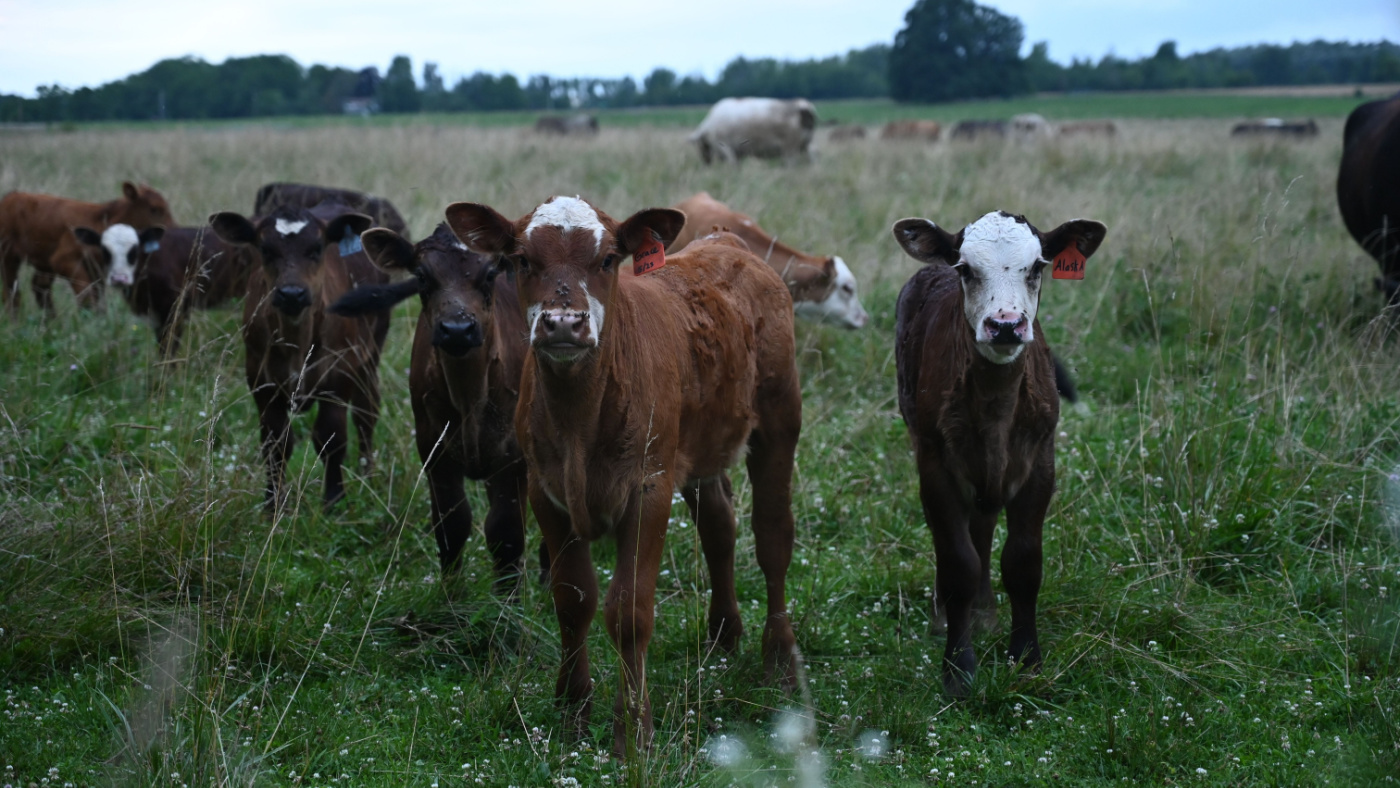Last week’s Cattle on Feed report offered no major surprises beyond the slow pace of liquidation, according to Oklahoma State University Extension Livestock Marketing Specialist Dr. Derrell Peel.
“No big surprises in this report. We had marketings in the month of August down six percent, 94 percent of last year, placements were 95 percent of last year, and the on-feed total coming into September was down about two percent, 98 percent of last year. For me, personally, if there was any surprise in the report, and it’s not been a big surprise, and that’s just the fact that it’s been a slow process.”
Last October, Peel says, was when year-over-year decreases began.
“As we go forward and we continue this trend, even if it is a couple percent below a year earlier, and sort of compound it on a year-over-year basis, that means we are going to be pulling cattle numbers down a little bit faster. We are clearly working our way into tighter numbers and that is the really important point as we go forward.”
Placement numbers in the most recent report and a few reports prior have been under a year ago.
“One of the reasons placements have stayed relatively high, they are down pretty consistently, but they have stayed as high as they can be, I guess I would say, and that is simply because feedlots would obviously like to maintain inventories. They are trying to keep their lots full and keep the feed mills working. They can, it is just that over time it is going to be harder and harder as these cattle numbers continue to tighten.”
Total slaughter for the year so far is down about 3.9 percent. Beef production, he added, is down five percent for the year, with the exception for beef production to drop another six to eight percent next year.
With beef prices at record levels, Peel says time will tell if consumers will be willing to continue to pay more as supplies continue to tighten/
“Some consumers are not going to buy as much beef, but that is just because there isn’t beef out there. And we’ll probably see higher prices. That is kind of the way markets work when we get into tighter supplies. But, there are limits and certainly we’ll continue to push against that upper limit as hard as we can then for the foreseeable future.”


